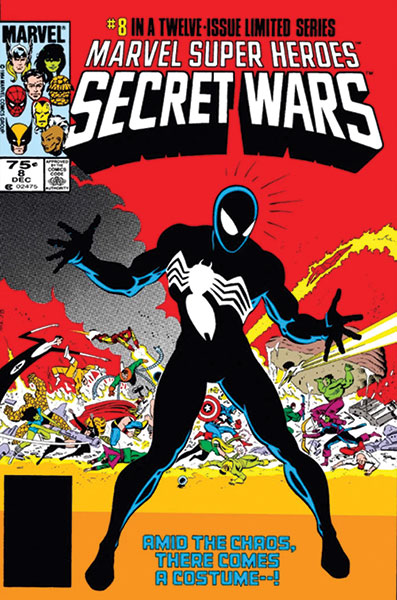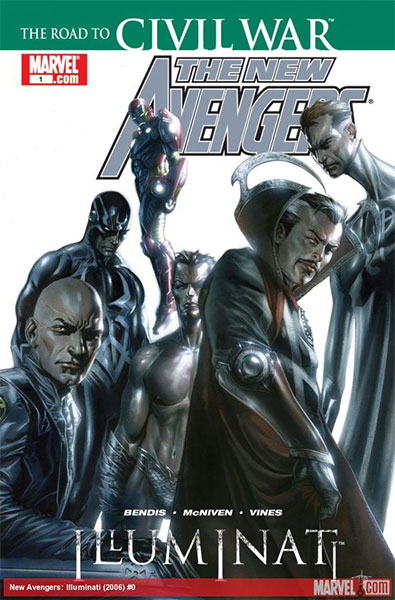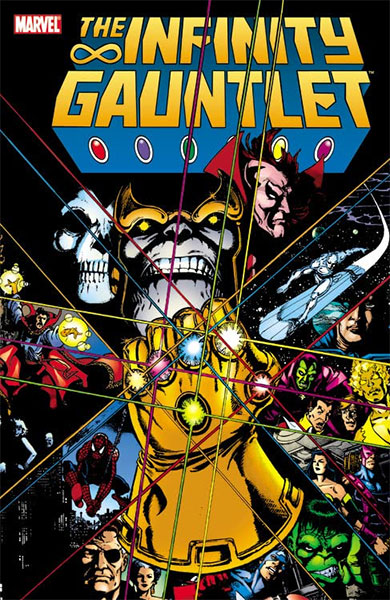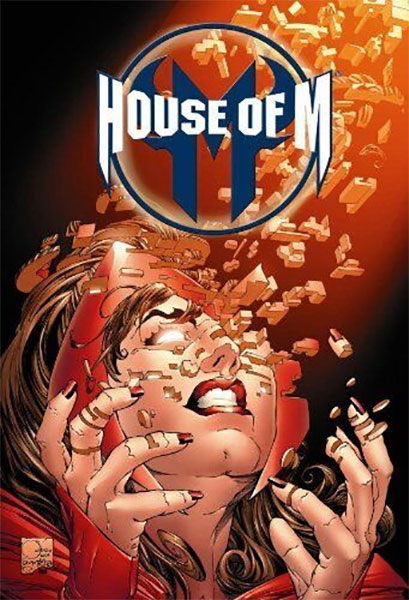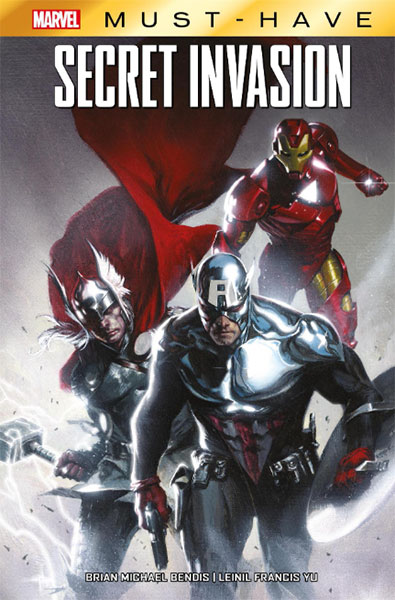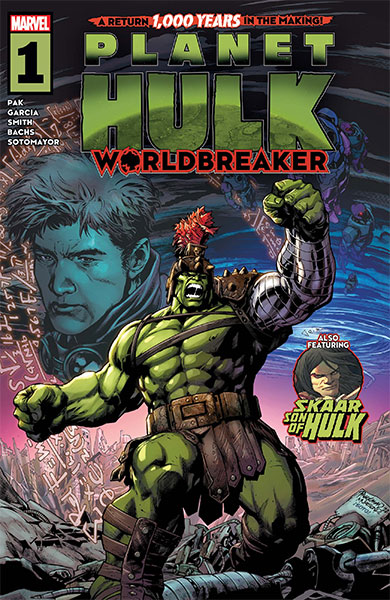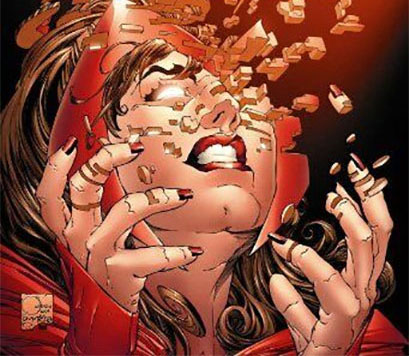
I have loved reading about superheroes and mutants for as long as I can remember, which is why printing comic books are my most joyful business practice. Hundreds of writers entertained me through childhood trauma, illustrators motivated me to become a better drawer, and the industry helped me learn values like acceptance, integrity, and hopefulness. The MCU has accomplished so much that I thought impossible as a child, including bringing a mainstream audience to a universe only geeks enjoyed. Today, we discuss a few compelling storylines from Marvel Comics that Kevin Feige and crew adapted into the Marvel Cinematic Universe.
Secret Wars (1984)
In “Secret Wars,” a mysterious entity known as the Beyonder gathers several heroes and villains to a distant planet to battle each other. Jim Shooter writes this first-of-its-kind event with the help of illustrations by Mike Zeck. “Secret Wars” affected the Marvel universe with lasting consequences since several heroes and villains transformed or changed. One notable change was Spider-Man’s bold change to a black alien costume.
Marvel executives agreed to most character changes to satisfy Mattel for future toys and merchandise. “Secret Wars” was a bestselling storyline, but many critics thought it juvenile despite its success. I bring this up since most MCU/Marvel fans are ecstatic for this storyline to take place in the films. We know the MCU will visit the “Secret Wars” story as The Kang Dynasty leads to “Avengers: Secret Wars” releasing sometime in 2026. Most fans think of this as a mega vision, almost the holy grail of superhero films, that would be impossible to pull off, and we are excited to see how it finally plays out.
Civil War (2006-07)
The adaptation “Captain American: Civil War” is one of my favorite MCU films, but the original content dwarfs the film by a landslide. Written by Mark Millar with pencils by Steve McNiven, “Civil War” was a political and moral showdown between Captain America and Iron Man. During a superhero reality TV show, the villain Nitro explodes, killing over 6oo people, including children. The public sentiment for superheroes deteriorates, and the government, with Iron Man’s guidance, passes the Superhero Registration Act requiring all superheroes to reveal their secret identities.
The affair split the Marvel Universe, sparked a monumental conflict for several months, and affected many comic book titles. Interestingly, superheroes who supported the law, such as Mister Fantastic and Ms. Marvel, became increasingly authoritarian. Critics and fans became polarized, but the storyline was a significant monetary success.
The Infinity Gauntlet (1991)
“Avengers: Infinity War” is loosely based on the comic book storyline “Infinity Gauntlet” written by Jim Starlin and penciled by George Pérez and Ron Lim. The nihilist mad titan Thanos gathers the Infinity Stones and attaches them to his gauntlet, thus becoming god-like. To impress Mistress Death, he erases the existence of half of all life in the universe. Adam Warlock leads Earth’s remaining heroes against him. After Thanos’ villainous granddaughter, Nebula, steals the Infinity Gauntlet, Nebula, Thanos aids the remaining heroes in defeating her. Warlock finally obtains the Infinity Gauntlet and uses its power to undo everything. This conflict had lasting consequences and led directly to the “Infinity Crusade” crossover event. “The Infinity War” is actually a sequel series of “Infinity Gauntlet” and “Infinity Crusade” stories.
House of M (2005)
Written by Brian Michael Bendis and illustrated by Olivier Coipell, “House of M” is the primary inspiration for “WandaVision” and “Doctor Strange in the Multiverse of Madness.” Scarlet Witch suffers a mental breakdown and alters the fabric of reality to recreate her lost children. Magneto, the Scarlet Witch, and Quicksilver play significant parts in the series. Like the “Age of Apocalypse” storyline, “House of M” replaces Earth-616 as the central Marvel comic book reality. The characters and book titles change quickly until Scarlet Witch returns that reality to normal. During these massive events, all comic book titles morphed into all-new series. The “House of M” events play into the “Secret Invasion” storyline, which becomes a Disney+ series.
Secret Invasion (2008)
In “Secret Invasion,” the Skrulls, a shape-shifting alien species (MCU fans meet the Skrulls in “Captain Marvel”), infiltrate Earth. Iron Man, Mister Fantastic, Namor, Black Bolt, Charles Xavier, and Doctor Strange join the Illuminati group. Their mission is to secretly confront the Skrulls (we saw an Illuminati version in “Doctor Strange in the Multiverse of Madness”). For years, the Skrulls have unknowingly taken the place of many of Earth’s heroes. Eventually, they launch a full-scale invasion, leading to a massive conflict between heroes and alien invaders. Written by Brian Michael Bendis with pencils by Leinil Francis Yu, this story had ongoing consequences for the Marvel Universe. The audience witnessed many heroes reveal themselves to be Skrull impostors. “Secret Invasion” is now a Disney+ miniseries created by Kyle Bradstreet.
Planet Hulk (2006)
Marvel adapted the storyline “Planet Hulk” into other media, including an animated film and the MCU film “Thor: Ragnarok.” Written by Greg Pak, The Illuminati decide the Hulk is too dangerous to remain on Earth. The underground group tricks Hulk into going into space only to dump him from the solar system. They intended for him to land on a peaceful planet, but the shuttle passed through a wormhole. The Hulk ends up on Sacaar and leads a new life.
A weakened Hulk forced into slavery eventually becomes an iconic gladiator. After a revolt, Hulk defeats the Red King and becomes the new king of the planet. He marries Caiera and the two broker peace deals among various conflicts which had festered under the Red King. Caiera becomes pregnant with Hulk’s child and later dies when Hulk’s shuttle, now a monument, self-destructs. Hulk returns to Earth to seek revenge on the Illuminati and Avengers, leading to the “World War Hulk” story.
